|
I absolutely love a faced waistline finish! Surprisingly, this sewing application is much easier than any waistband style, including an elastic one, believe it or not. It requires two simple stitches with a final finish that looks like a million bucks. Clean, tailored and highly professional, a faced waist finish is similar in construction to any regular facing. Just as any facing, it also requires interfacing and understitching. A waist facing will usually need to be finished around a zipper or other closures like snaps or buttons. Regardless, you’ll find the process of cutting and sewing one fairly simple. That is if you know the 3 basic rules of sewing! You can learn more about them here: How To Sew A Seam- The 3 Rules. A waist facing can be used on both skirts and short/long trousers. It is a finish usually applied to non stretch fabrics as they provide the right structure and drape to withstand them. A faced waist is not suitable for very stretch fabrics as it requires the use of interfacing to actually keep the bottoms from sliding down. Applying interfacing will inhibit flexibility thus if the stretch garment has no closures, applying a waist facing to it will prevent the bottoms from expanding enough to get over the human form. Before we get into the sewing portion of this tutorial, I wanted to touch a bit on sewing patterns as this of course is an important aspect of constructing any garment. Depending on the type of fabric used, the waist area of the bottoms you are sewing may or may not have darts. Due to the fact that faced waistlines are usually applied to woven non-stretch bottoms, your garment will most likely include darts. When drafting the waist facing patterns, the darts will most likely be omitted in order to eliminate bulk from overlapping dart excess. This is fairly simple to do but I’ll save it for a pattern drafting tutorial! So to recap, the waist facings are the identical mirror images of the front and back but normally don’t included darts. Now that we got the logistics out of the way, let’s get started on the (much awaited) sewing portion: 1. Cut out all your facing pieces. Mine specifies one piece for the front and one for the back. The full facing will have two seams with the right one housing an invisible zipper. My facing patterns are cut on fold, so I cut and aligned each piece according to the pattern. The bottom facing edge has no seam allowance as I will clean finish it with a simple serging stitch. The rest of the seam allowance is 1/2 to match the corresponding seams on the shorts. Like with anything in sewing, sequential steps are important. Thus, certain seams need to be sewn and finished first before starting on the facing. Because the right seam will house the zipper, leave it unstitched for now on both the shorts and the facing. 2. On the shorts, sew and clean finish the center back and center front seams and the left seam, leaving the right side completely open. 3. For the facing, pin and stitch the left seam only. Remember that facings are mirror images of the garment portions they back. For that reason, the seam that is left open is the opposite of the one on the shorts. When the two are aligned for sewing, you’ll find that the open ends match up perfectly. 4. After stitching the waist facing seam, iron the seam allowance open as shown. 5. Apply the clean finish of your choice along the bottom edge of the full facing- mine is a serging stitch. You can use a zig zag stitch, a double fold and stitch technique, or binding to clean finish this edge. However, keep the prevention of bulk in mind, especially if the garment you are sewing is a form fitted style. 6. Next, align the top edge of the waist facing to the edge of the shorts’ waistline matching each corresponding notch and seam in the process, and making sure the face sides of both pieces are touching. The back of my shorts has waist darts while the front does not. For that reason, I can use the darts to differentiate between front and back in this alignment process. To further facilitate this, the top edge of my back facing piece has notches that correspond with each dart. These are used as a guide to easily align the edge of the facing to that on the shorts. Insert pins in perpendicular direction for easy removal during the stitching process. 7. Stitch the facing at the designated seam allowance, ensuring that all seams and notches remain perfectly aligned in the process. 8. Iron the facing seam with the seam allowance pointing up towards the facing. 9. Understitch the facing at about 1/8” away from the seamline through the facing layer and seam allowance underneath. Doing so will keep the facing flat and prevent it from rolling towards the outside of the garment. The understitch will keep the seam allowance permanently pointing towards the facing. It will also help the facing lay flat towards the inside of the garment. 10. After understitching, position the waist facing in place on the inside of the garment and iron the finished waist edge as shown. Complete the right seam on the shorts. Mine has an invisible zipper closure. 11. Once the zipper is in and the facing ends are clean finished around it, pin the facing down along the bottom at each seam such that the facing stays in its natural position. Use the video above as a guide. 12. As a final step, apply hand tacks through the facing layer and the shorts' seam allowance at each seam to ensure the waist facing remains in place and doesn’t move out of alignment (or completely roll to the outside of the garment). Keep in mind, these tacks should be completely invisible on the face of the garment thus they should not be sewn through the garment’s outside layer. The waist facing is now complete! Wasn’t that much easier than a traditional waistband? Once you sew your very first waist facing, you’ll fall in love with this finish just as much as I did! Similar Tutorials You May Like How To Sew A Pant Or Skirt Non-Stretch Waistband How To Sew An Elastic Waistband How to Sew Lining To The Zipper Area How To Sew A Round Neckline Facing No Sewing Machine, No Problem: 4 Hand Sewing Techniques You Should Know As A Beginner
0 Comments
Leave a Reply. |
The Blog:A journey into our design process, sewing tutorials, fashion tips, and all the inspiring people and things we love. Doina AlexeiDesigner by trade and dressmaker at heart. I spend most of my days obsessing over new fabrics and daydreaming new ideas. Sadie
Executive Assistant & Client Relations Manager Archives
November 2019
Categories
All
|
-
Sewing Tutorials
-
Basics
>
- Aligning Pattern Grainlines To Fabric
- Preparing Fabrics For Sewing
- Pinning Sewing Patterns To Fabric
- Placing Sewing Patterns On Fabric For Cutting
- Rotary Cutters or Fabric Scissors?
- Cutting The Sewing Patterns
- What Are Notches And How To Use Them In The Sewing Process
- Transferring Notches From Pattern To Fabric
- Transferring Seamlines to Fabric
- Staystitching
- Backstitching: A Complete Guide
- Hand Basting: A Complete Guide
- Sewing Continuous Bias Binding
- Darts >
-
Sewing Seams
>
- The Basics Of Seams And Seam Allowance
- How To Sew A Straight Seam
- Sewing Curved Seams
- Sewing Corner Seams
- Trimming And Grading Seam Excess
- Notching/Clipping Seam Allowance for Tension Release
- Sewing Topstitched Seams
- Sewing Corded Seams
- Sewing A Slot Seam
- Sewing A Gathered Seam
- Sewing Bias Seams
- Sewing Seams With Ease
- Sewing Seams With Crossing Seamlines
- Sewing Unlike Fabric Seams
- How To Iron Seams: Ironing Tools And Conventions
- Sewing With Knit Fabrics
- Understanding Stitch Length And Tension
- Sewing Unique Fabric Seams
-
Seam Finishes
>
- Seam Finishing Techniques - Overview
- Applying A Pinked Seam Finish
- Applying A Bias Bound Seam Finish
- Serging And Zigzag Seam Finishes
- Sewing A Self-Bound Seam Finish
- Sewing A French Seam Finish
- Sewing A Hong Kong Seam Finish
- Sewing A Mock French Seam Finish
- Sewing A Turned-and-Stitched Seam Finish
- Sewing Overcast Hand-Applied Seam Finishes
- Sewing A Flat Felled Seam
- Sewing A Hairline Seam Finish
-
Hem Finishes
>
- Garment Hem Finishes: Overview
- Sewing A Double Fold Hem Finish
- Sewing A Single Fold Hem Finish
- Sewing Bound Hem Finishes
- Sewing An Exposed Double Layer Bound Hem
- Sewing A Folded-Up Bound Hem with Pre-folded Binding
- Sewing A Hong Kong Hem Finish
- Sewing A Band Hem Finish
- Sewing A Bias Faced Hem Finish
- Sewing A Twill Tape Hem Finish
- Sewing A Rolled Hem Finish
- Sewing A Shaped Hem Facing
- Using Fusible Hem Tape And Webbing
- Finishing A Lace Fabric Hem
- Finishing A Leather Hem
- Sewing Faced Hem Corners
- How To Finish Lining At The Hem
- Finishing Fabric Corners by Mitering >
- Interfacing A Hemline: Lined And Unlined Examples
-
Sewing Pockets
>
- Curved Patch Pocket With Flap
- Unlined Square Patch Pockets
- Lined Patch Pockets: Two Ways
- Extension On-Seam Pockets
- Separate On-Seam Pocket
- Front Hip Pockets
- Bound Double Welt Pocket
- Double Welt Pocket With Flap
- Self-Welt Pocket (Using Single Fabric Layer)
- Slanted Welt Pocket (Hand-Stitched)
- Faced Slash Pockets: Overview >
-
Sewing Zippers
>
- Sewing Zippers: General Information
- Sewing A Centered Zipper
- Sewing A Lapped Zipper
- Sewing An Invisible Zipper
- Sewing A Fly Front Zipper
- Sewing A Closed-End Exposed Zipper (No Seam)
- Sewing An Exposed Separating Zipper
- Sewing Hand Stitched Zipper Applications
- Sewing A Zipper Underlay
- Sewing A Placket-Enclosed Separating Zipper
- Sleeveless Finishes >
-
Neckline Finishes
>
- Sewing A Neck Shaped Facing
- Sewing An All-In-One Neck Facing
- Neck And Garment Opening Combination Facings >
- Sewing A Bias Faced Neckline Finish
- Sewing A Band Neckline Finish
- Bound Neckline Finishes: Overview >
- Sewing A Semi-Stretch Strip Band Neckline
- Ribbed Neck Band And Classic Turtleneck
- Decorative Neckline Finishes >
- Finishing Facing Edges >
-
Extras
>
- A Complete Guide on Interfacing
- Sewing Bound Spaghetti Straps
- Sewing Spaghetti Straps To A Faced Neckline
- Sewing Ruffles: Overview
- Patterning And Sewing A Circle Ruffle
- Sewing A Gathered Heading Ruffle
- Sewing Double Layer Gathered Ruffles
- Sewing A Gathered Ruffle Into A Seam
- Sewing A Gathered Ruffle To A Fabric Edge
- Sewing A Fabric Surface Slit
- Sewing A Slit Seam
- Hand-Applied Straight Stitches
- Hand-Applied Blind Stitches
- Hand-Applied Overedge Stitches
- Hand-Applied Tack Stitches
- Hand-Applied Decorative Stitches
-
Basics
>
- Custom Bridal
- Custom Apparel
- About
- Blog
Services |
Company |
|

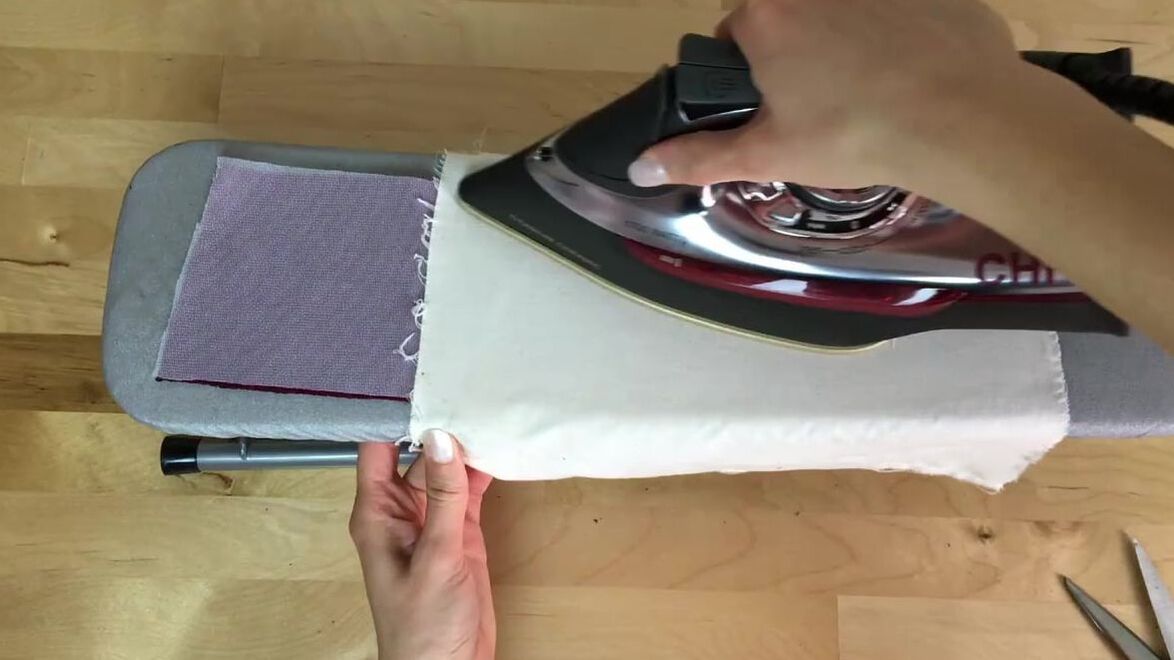
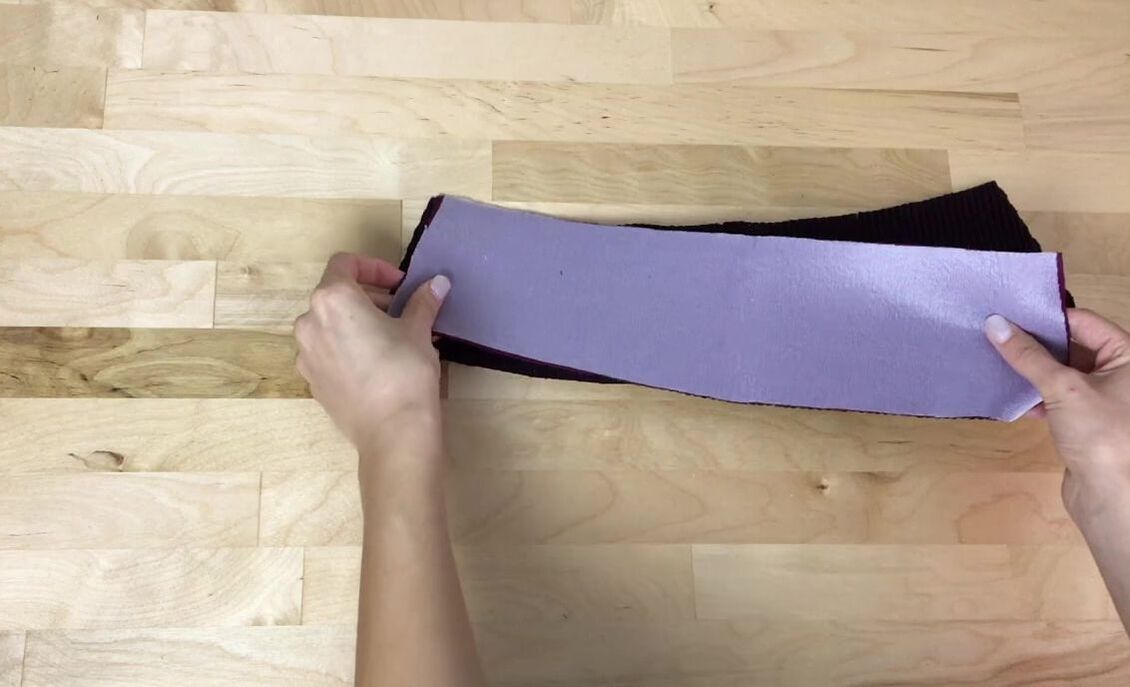
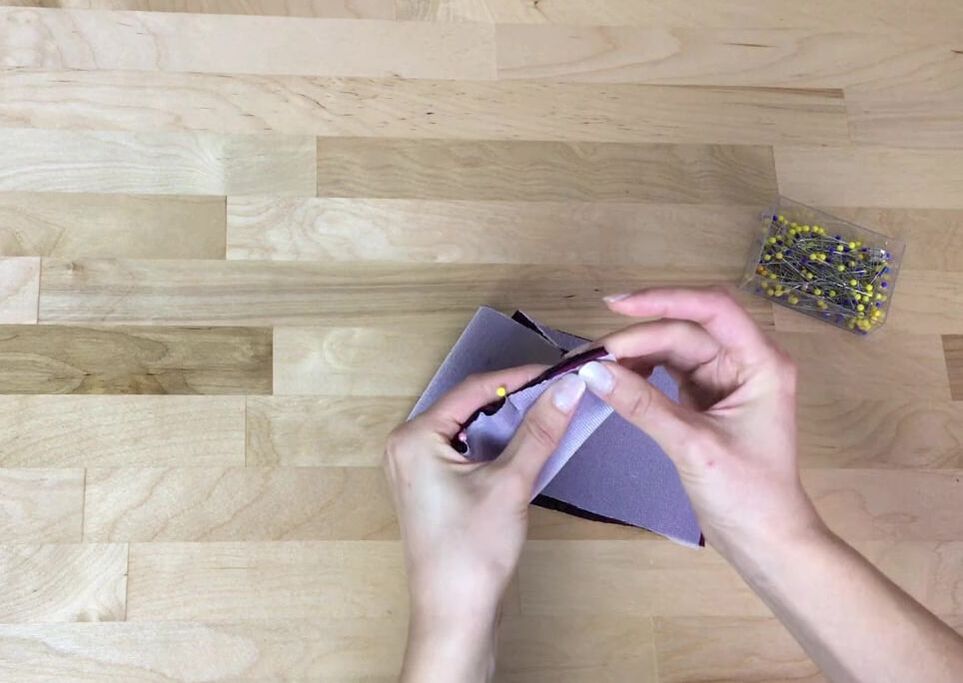
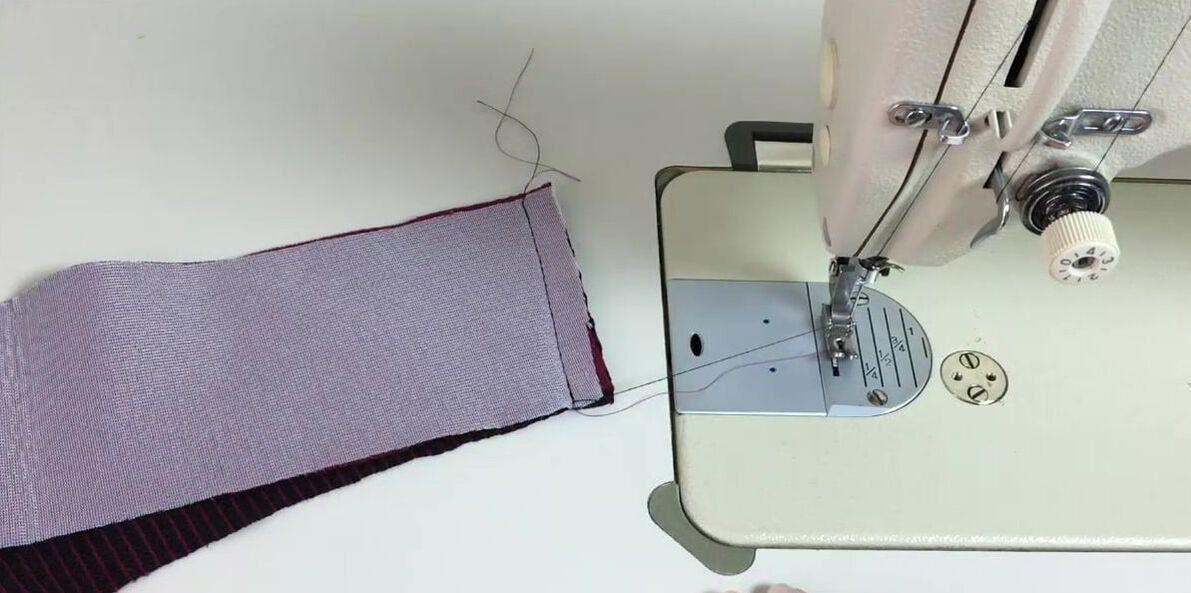
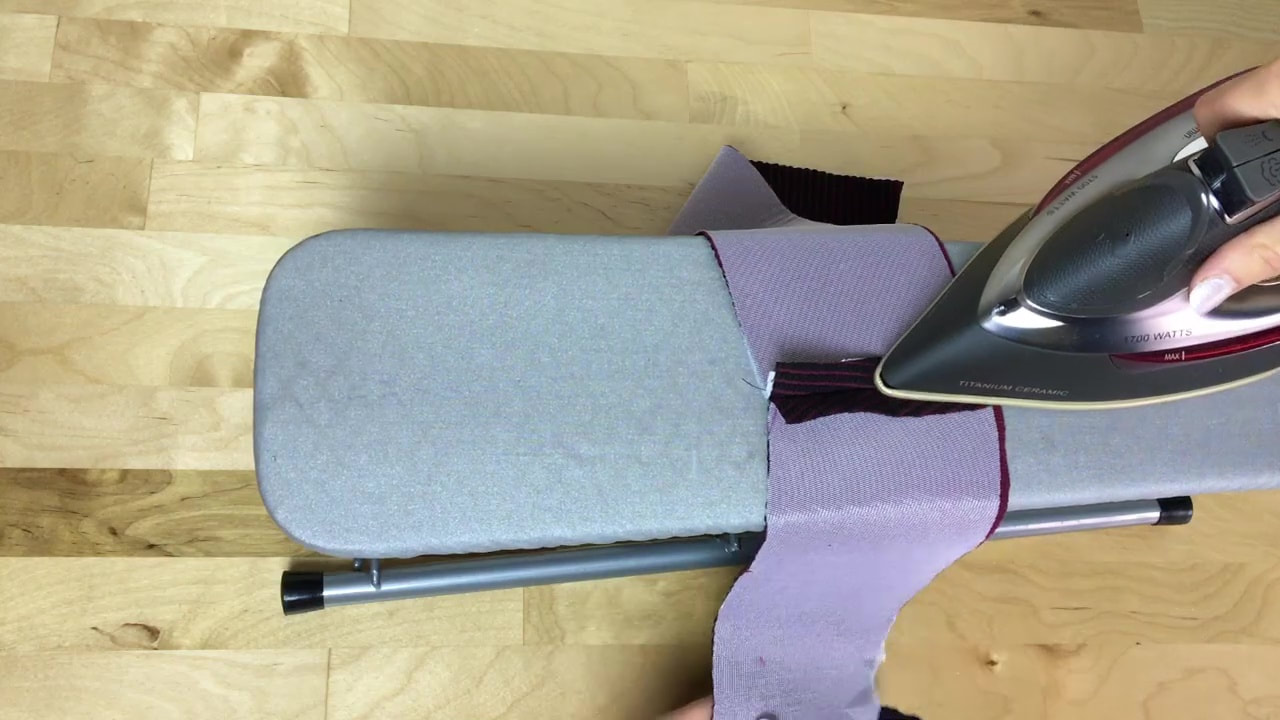
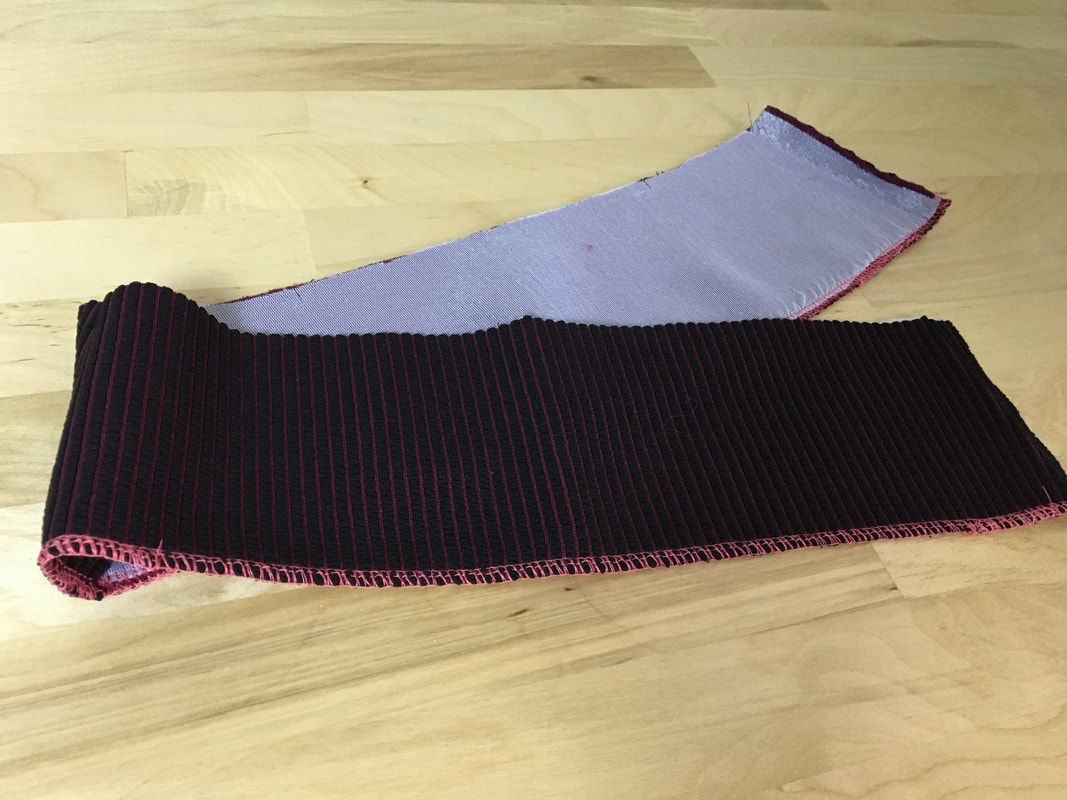
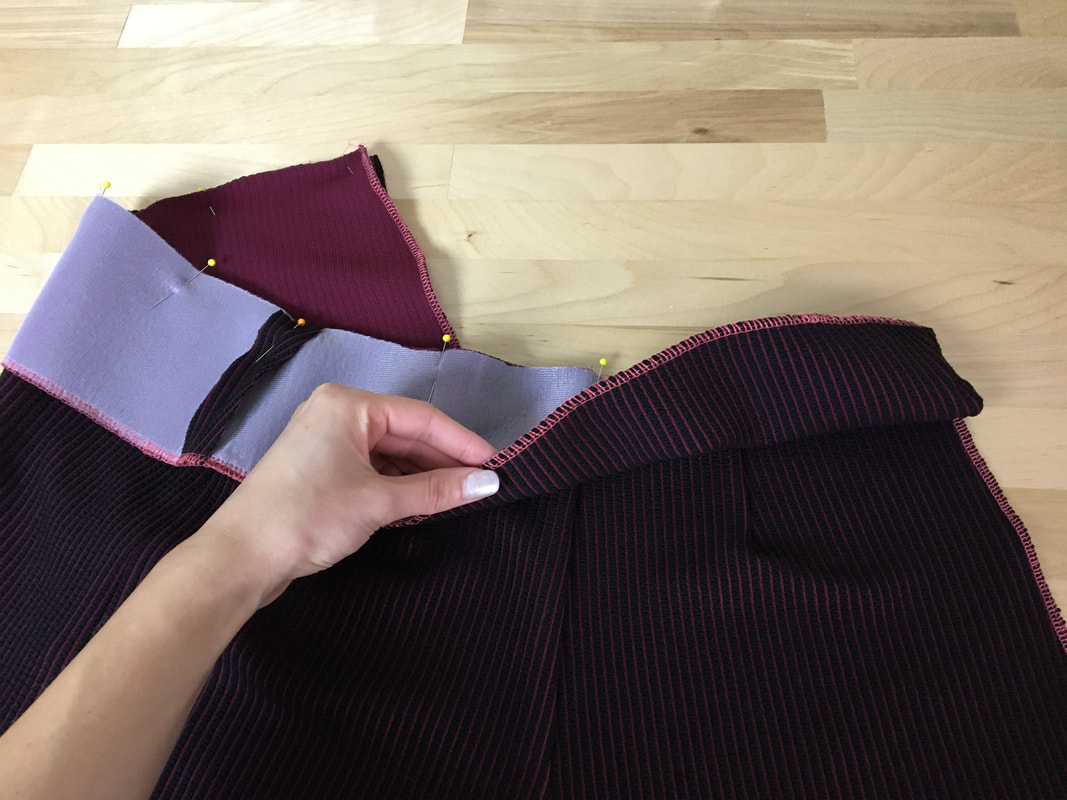
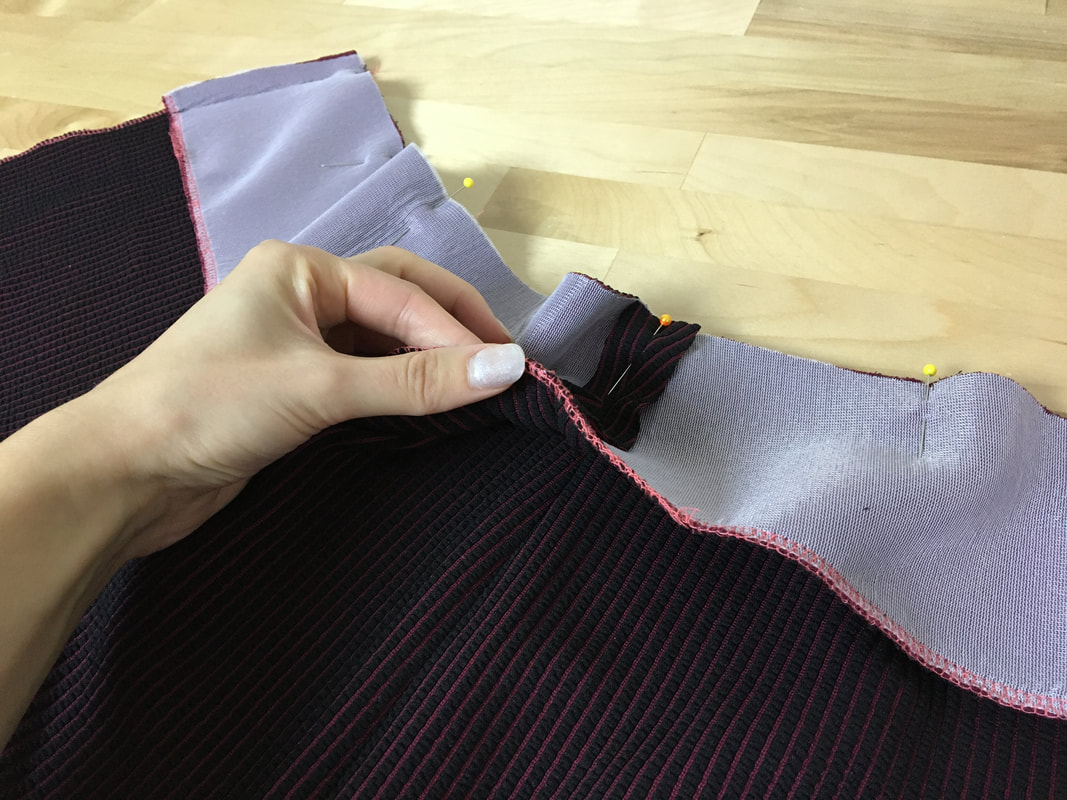
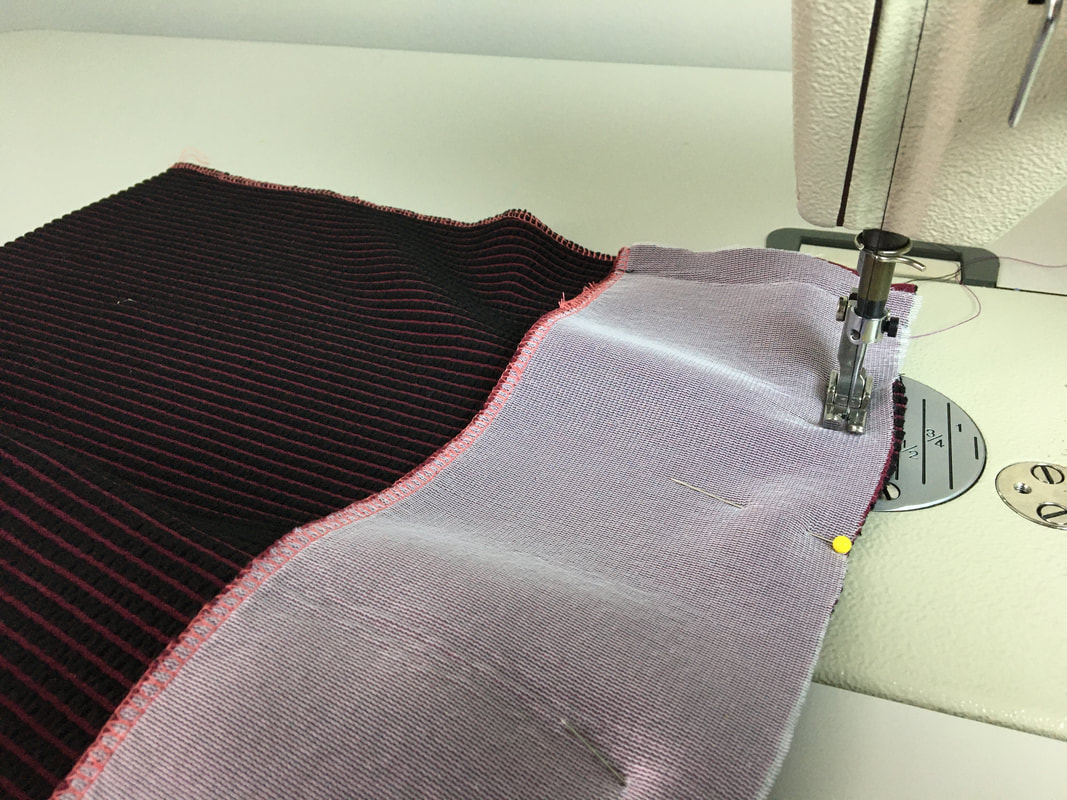
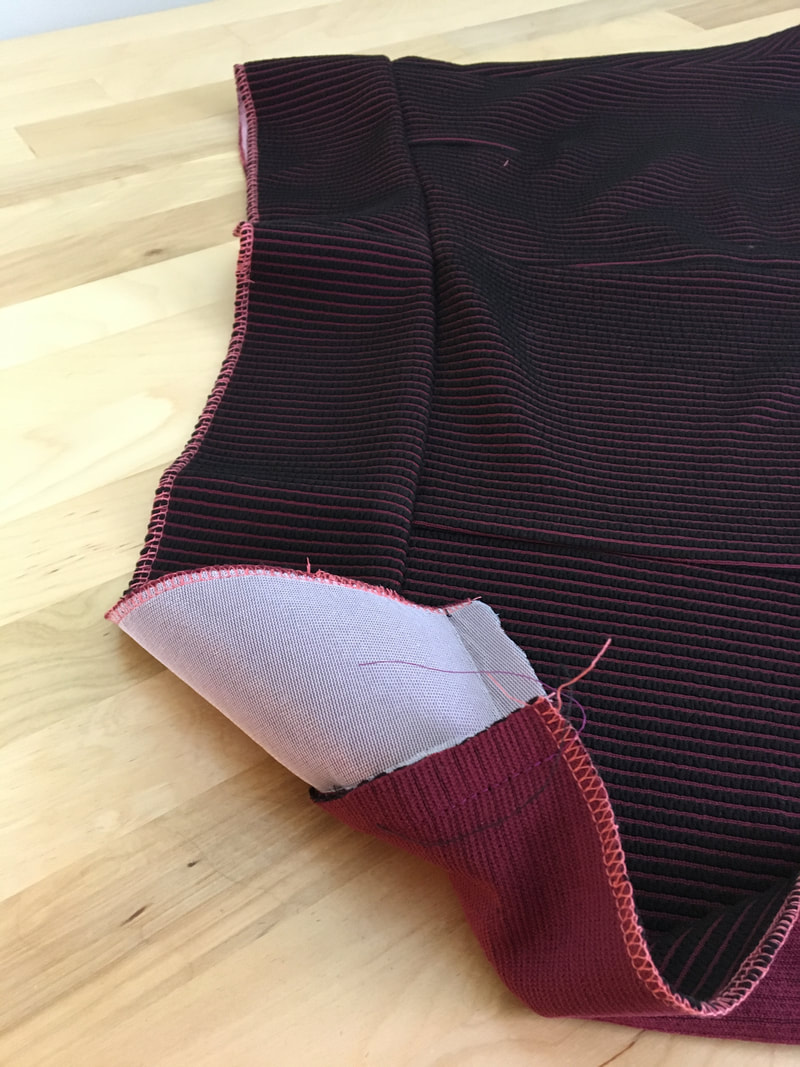
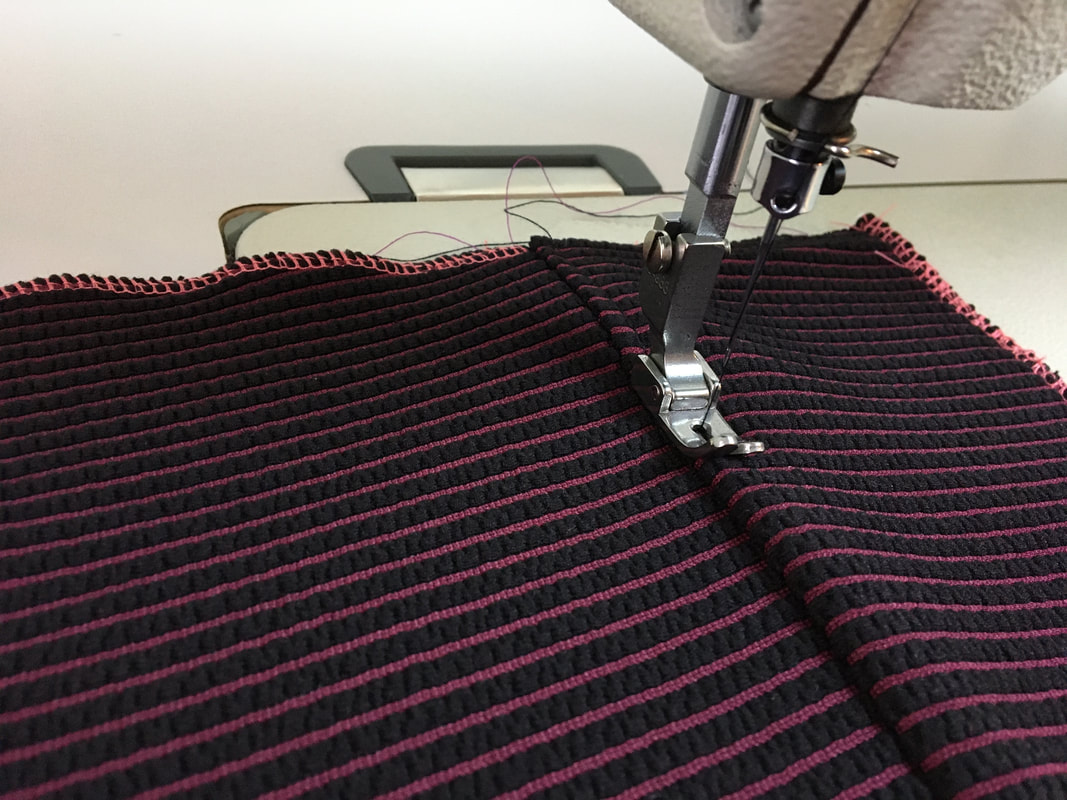
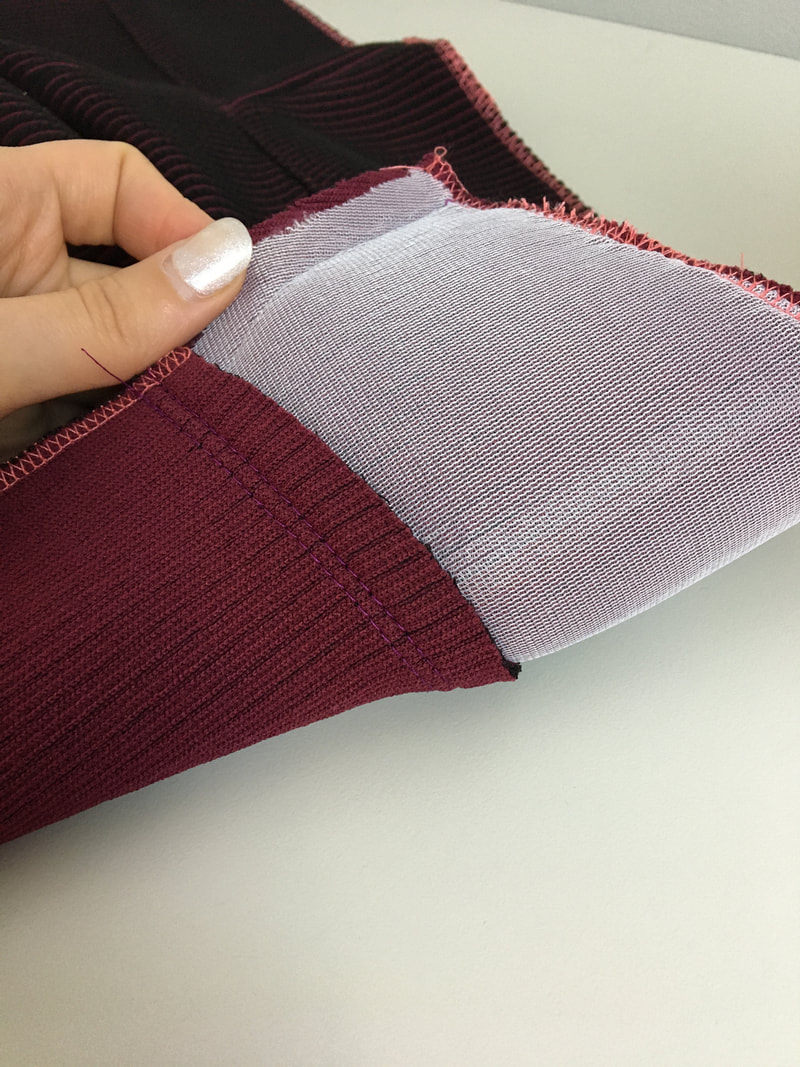
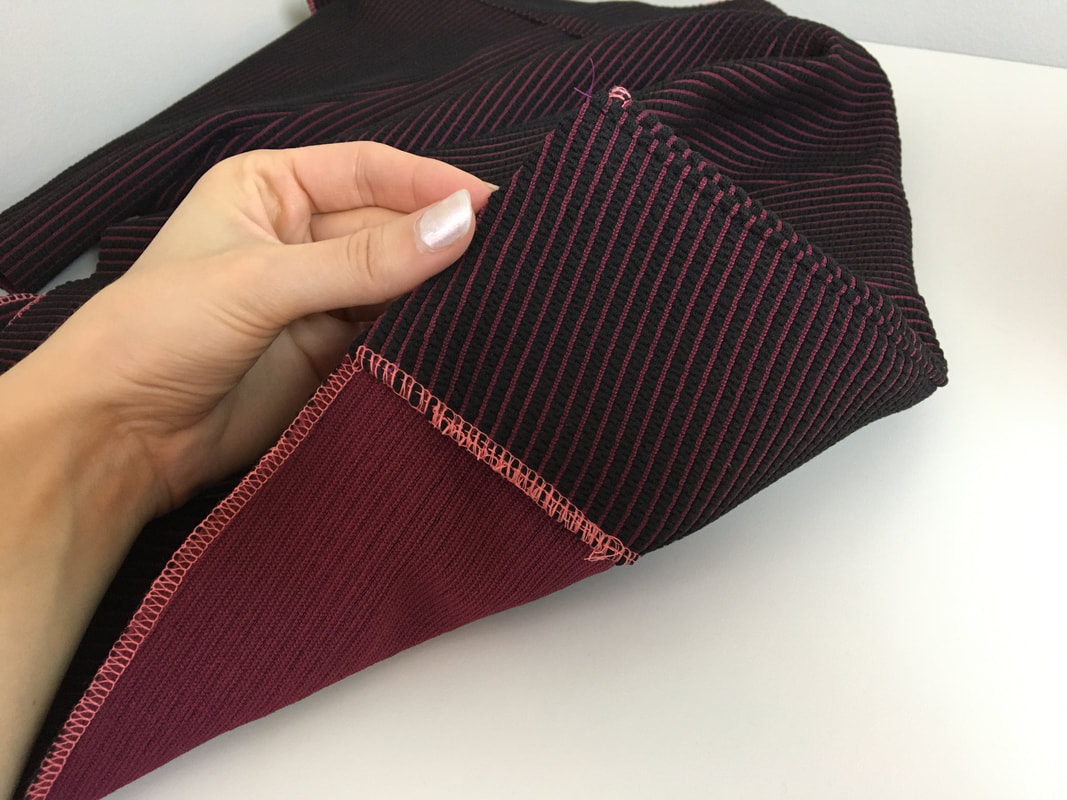
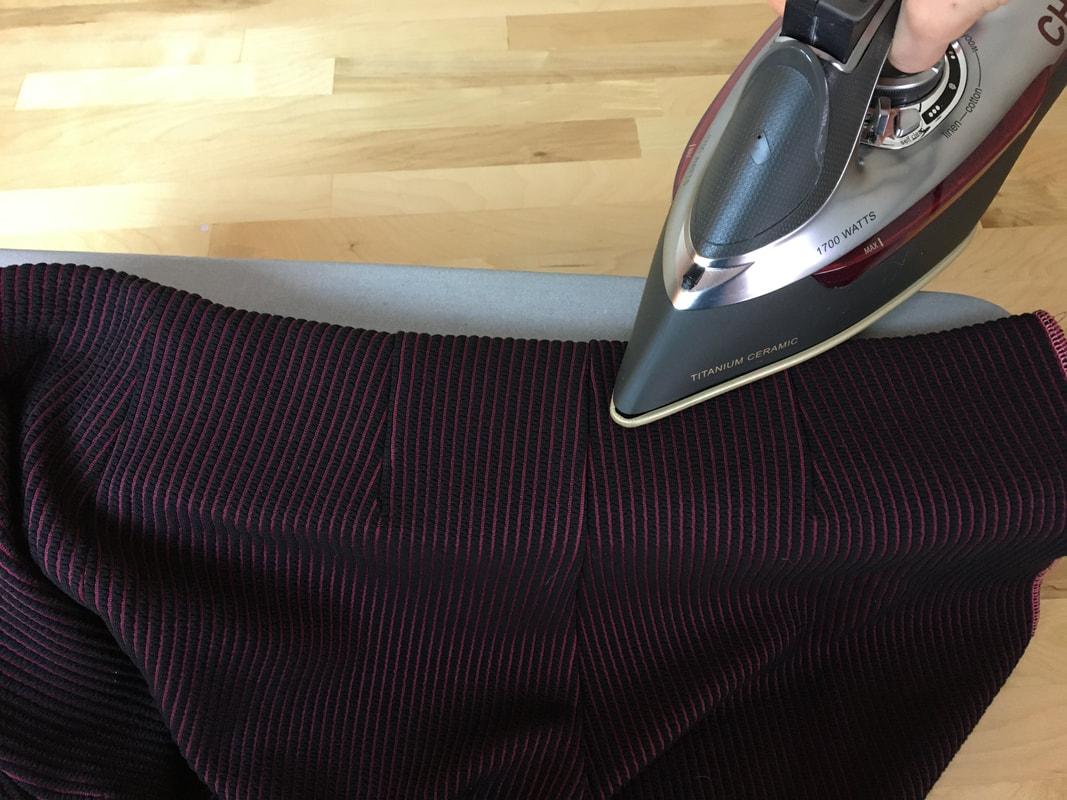
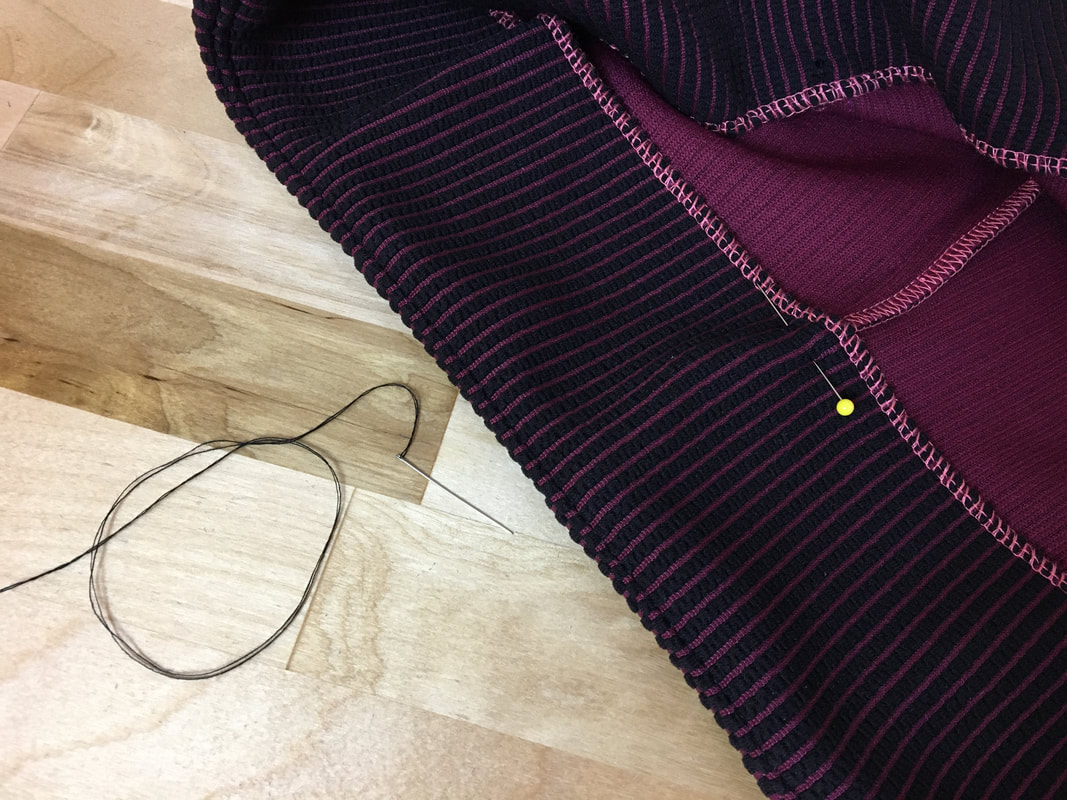
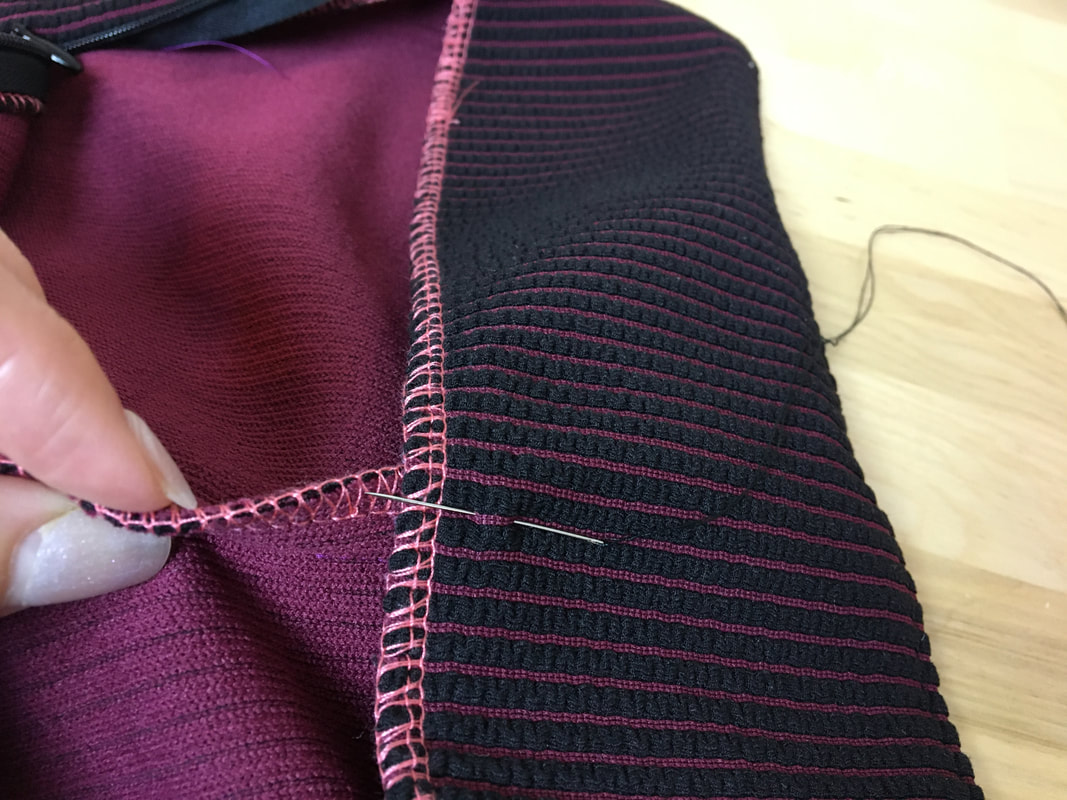
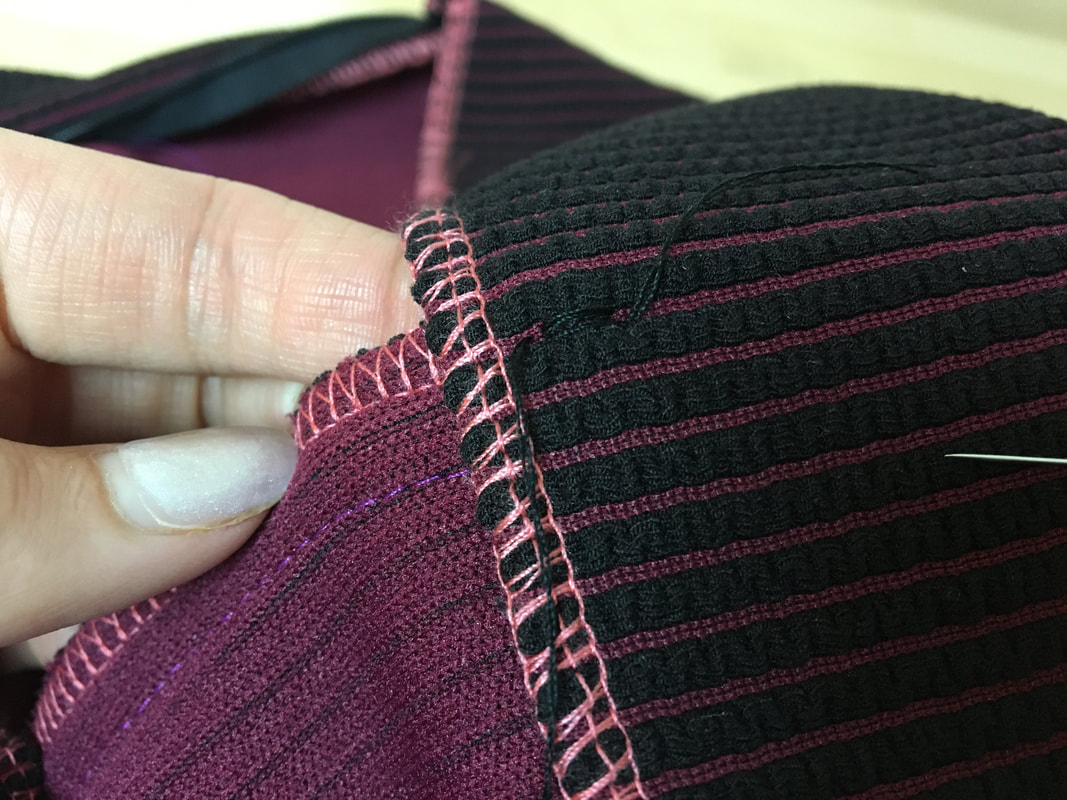
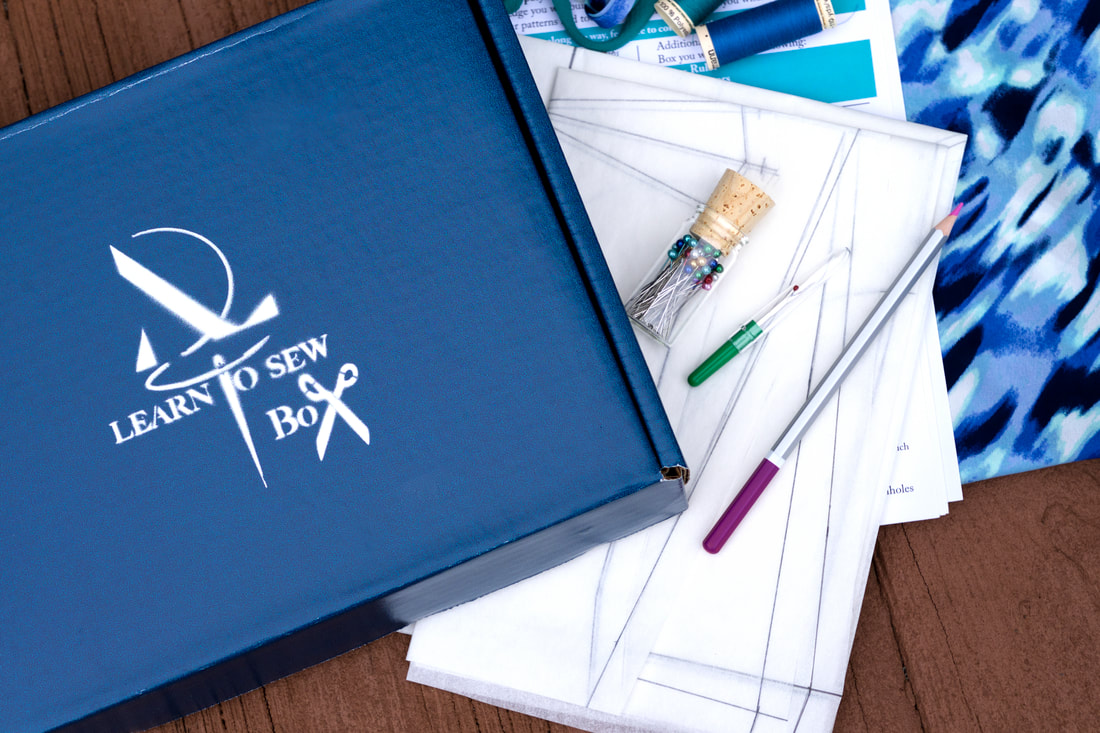


 RSS Feed
RSS Feed

